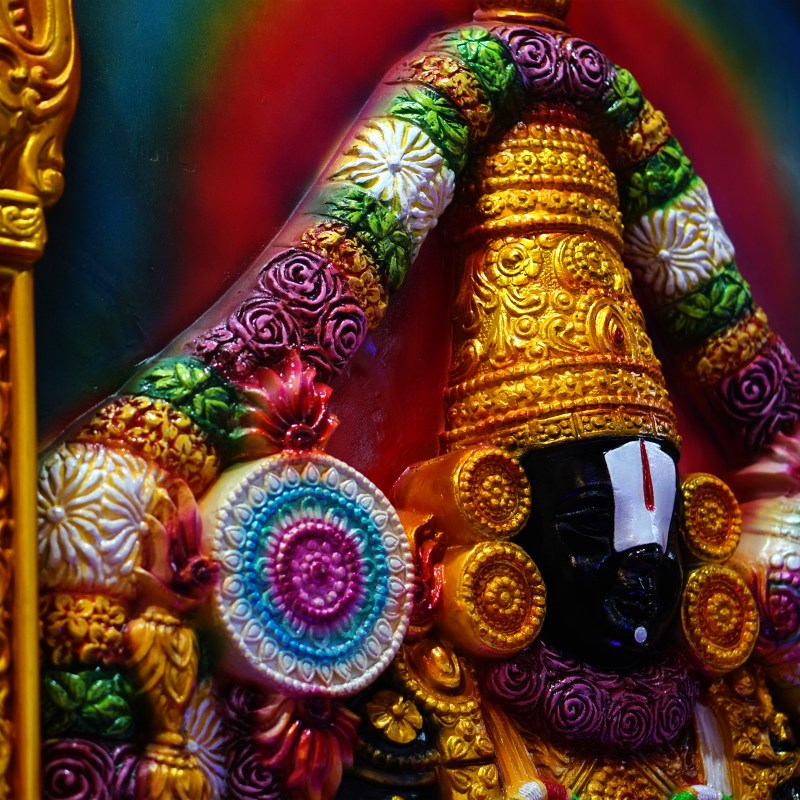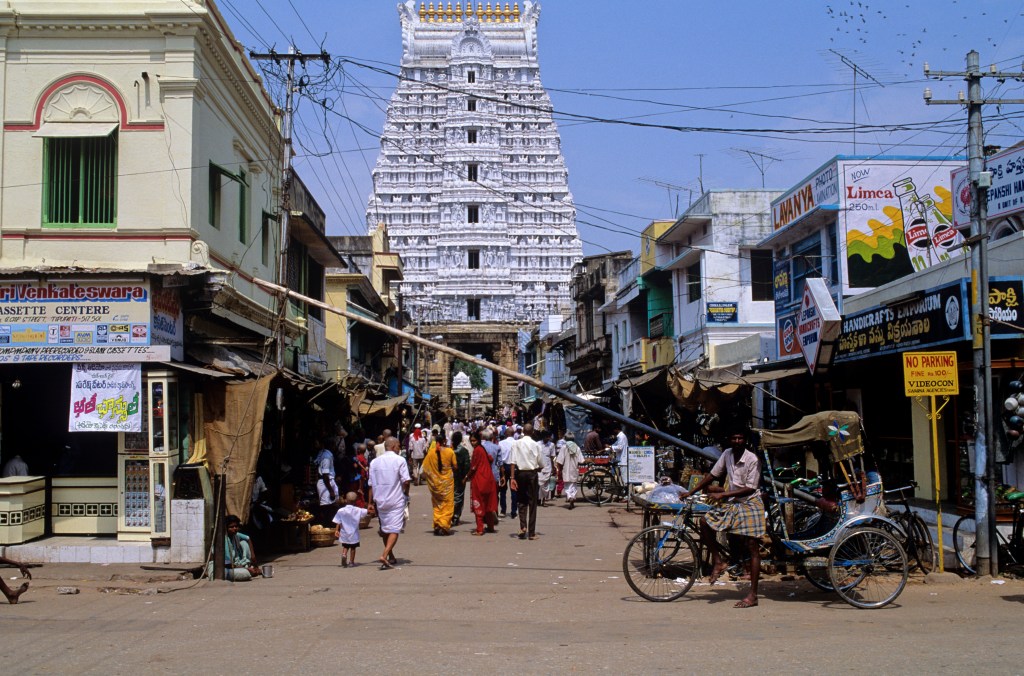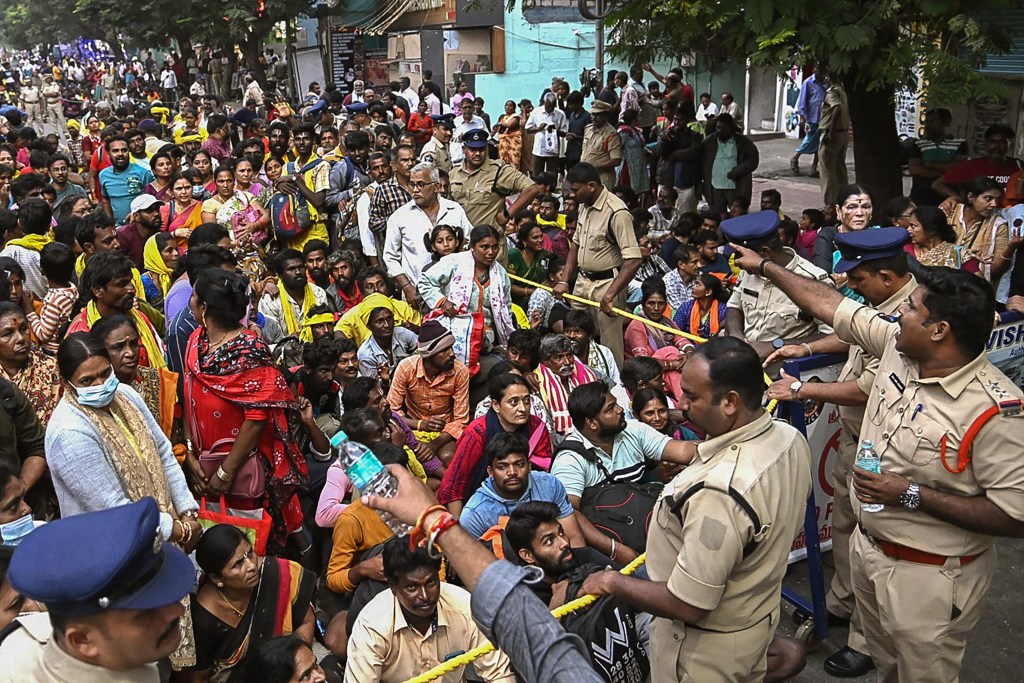
[The World Tour of Oopsies is an ongoing series of travel stories about my first decade of travel. During these adventures and misadventures, I had to unlearn many things I thought I knew about life. Welcome to my miseducation.]
Videos by TravelAwaits
Catch up on my world tour of Oopsies:
The Recap: A short conclusion to my first three years of travel
Part I / Back in India

I had two options on where to go for my sophomore year of college: Bengaluru, India, or Guangzhou, China. I chose India, still feeling deeply invested and curious about my experiences in Kolkata during my first trip to the country (see: Ch. 3 and Ch. 4).
I arrived in Bengaluru in late August with around 15 classmates, ready to learn. I was hungry to know more about culture and religion, especially yoga, tantra, and Tibetan Buddhism. I was also interested in learning Hindi, and started by memorizing the script.
From our main base in Bengaluru, where our professors and school staff operated a small learning center with a kitchen where we ate idli, vada, and sambar daily, Southern India became our oyster.
We visited regions like Puducherry, sites like Mahabalipuram, and sacred locations like Tiruvannamalai. We were educated by professors, yoga masters, and local teachers. The most memorable trip was our pilgrimage to a place called Tirupati, located east of Bengaluru in the state of Andhra Pradesh.
It would be my second run-in with a powerful idol—but I didn’t know it yet.
Part II / Tirupati

Part of attending an ‘experiential learning’ college was foregoing traditional academic principles to stretch the mind. What do I mean by that?
When our class of around fifteen students packed into a bus at around midnight, we were told that we were going to a pilgrimage in Tirupati for the god Venkateswara, an incarnation of the God Vishnu, whose role is to maintain and sustain our reality. (He also goes by Govinda, Balaji, and Srinivasa.)
That’s all.
As a bunch of young college students, we sidled in and fell asleep for what would be a six-hour-long drive straight through the night.
We woke up, we were shuffled from the bus, then fed, and then led to a massive temple complex. When I say massive, I mean that this complex can easily handle around 100,000 pilgrims at the same time. It’s one of the most-visited sites in India, with around 24 million devotees passing through each year. The average daily pilgrim number is 60,000.
Believers come to leave offerings to Venkateswara, who is primarily associated with helping us humans get through Kali Yuga. I suggest reading about Kali Yuga from Ananda, but if you want a TL;DR for a complex spiritual concept, here it is: humanity is in the last stage of a four-part cycle, and it’s the worst of all the stages by a long shot.
Part III / Waiting

Hopefully, you clicked on that link and learned a little bit about Kali Yuga. I think it paints a striking portrait of what it was like to delve into highly complex and ancient Hindu beliefs. I was very interested in learning more—but waiting in the long, endless lines at Tirupati is one of the more memorable moments on my world tour.
We stood and waited for hours, packed in fairly well-organized lines that snaked up a large hill toward the temple, surrounded by thousands of others. (The image above shows what the lines were like.)
We were peppered with information as we neared the temple. But, again, the point of experiential learning is to experience lessons without so many rigorous academic expectations, especially in the realm of religion.
Sometime around twelve hours after we had boarded the bus in Bangalore, our group finally reached the main temple. Inside waited an idol of Venkateswara, but not all of my classmates had put that together. The line bottlenecked, leading into a dark, covered temple; there, attendants were shoving people forward to keep the masses moving.
Before we knew it, we were swept up into the action. Packed into a tight group, we were forced by many powerful hands to keep stepping forward, stepping forward, stepping forward. The area was fifty times the size of the inner sanctum of the Kalighat temple in Kolkata, and there were hundreds more bodies around me.
Surrounded by so many resistant worshippers who wanted to maximize their time in the inner sanctum, I almost missed the idol—
But I managed to see Sri Venkateswara’s murti, absolutely massive and adorned in vibrant flowers, looking graceful, powerful, and wise.
I must have observed the idol for one split-second before being hurled toward the exit.
Once outside, most of my classmates were baffled. I think around one-third of us even saw the idol. The rest were left wondering what we’d just done, and why they’d been dragged from their beds to experience the Tirupati darsan.
